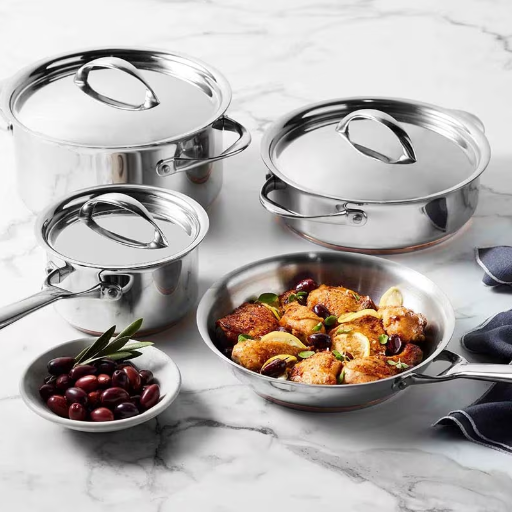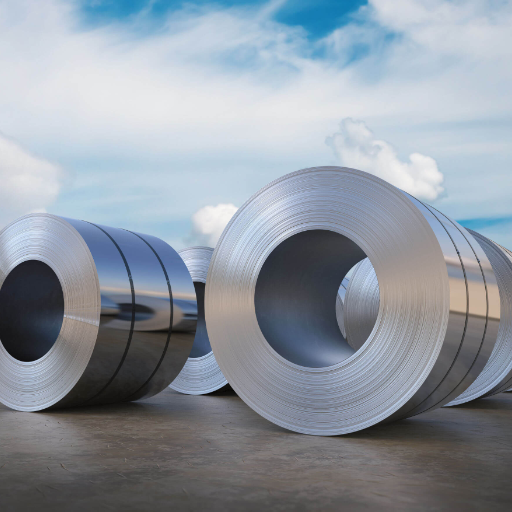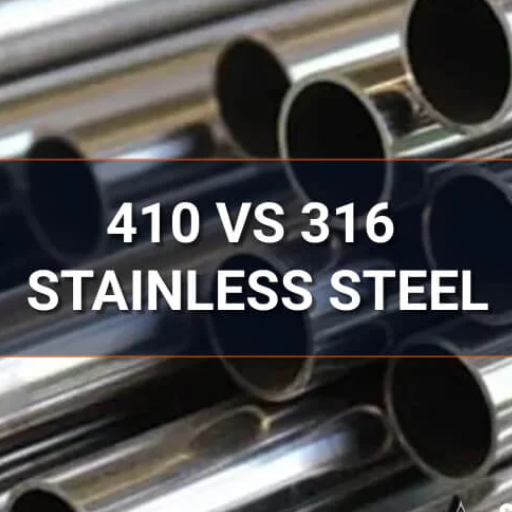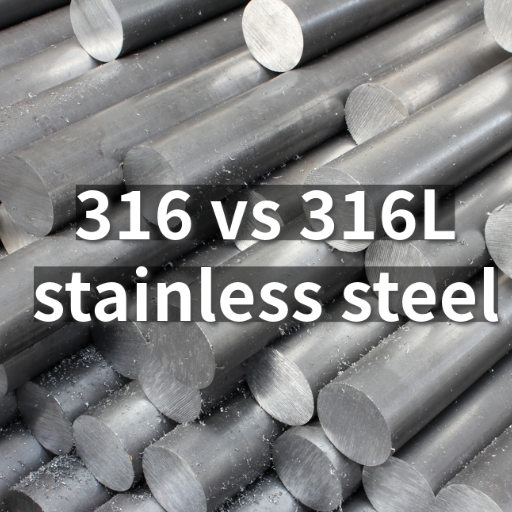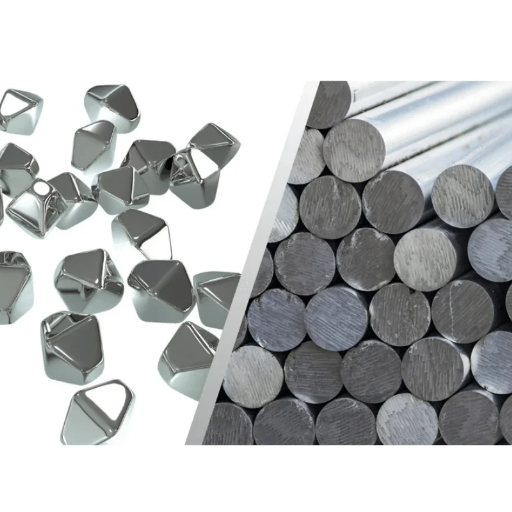Stainless steel is an indispensable element across a number of spheres, mainly because of its resistance to the impacts of wear and corrosion, and various other characteristics of use. But, and this is very important, not every stainless steel is well appreciated. Of the numerous available grades, 410 and 316 are two that have drawn a lot of attention due to their differences in composition and applications. Here we look into each of them in detail, because since the two alloys may seemingly contain the same constituent elements, they are different regarding chemical structure and properties, environmental resistance, and rewarding application areas. From business processes involving industrial equipment and medical devices to those relevant to marine applications, the need to distinguish between 410 and 316 is critical for decision-making. It would be interesting to observe the effects of these forms of steel in light of their differences in some of the characteristics as it is certain that it will be quite helpful for you in the course of your future work.
Introduction to Stainless Steel Grades
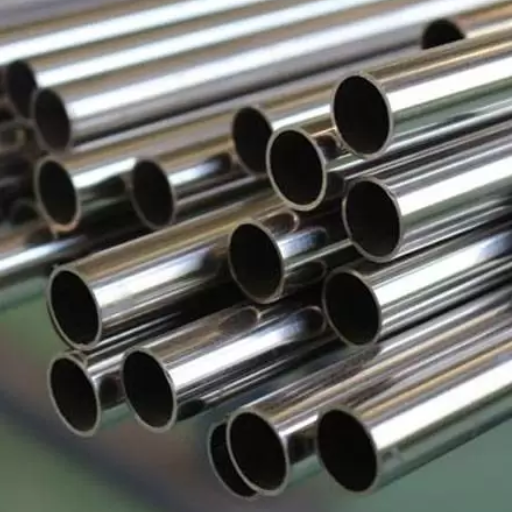
Within the context of power plants and other-related applications, it is important to note that each of these steel materials has varying levels in terms of their chemistry and also tattoos or massivity distributed within. There are mainly five types of stainless steel, except for the melting crucible grade: HTC furnace: austenitic, ferritic, martensitic, duplex, and precipitation hardening. And each in-depth grade has its own features in terms of resistance to the environment, toughness, or ability to withstand high temperatures. For instance, the 316 variety, which is one of the austenitic grades, offers one of the best levels of corrosion resistance due to the presence of molybdenum in it, and so can be used in chemical and marine environments. Conversely, the 410 variety, which is one of the martensitic grades, harbors such features as being very hard and is well-suited for those features, for example, cutlery and valves. The choice of a specific grade is normally determined by quite a number of factors, including exposure to harsh conditions and mechanical loads to be applied to the material.
Understanding Stainless Steel
Stainless steel is mainly an alloy of iron with a lot of chromium and possibly nickel; a few other things might include molybdenum, manganese, or nitrogen. A minimum of 10.5% chromium needs to be added because it promotes the formation of what is called a passive oxide layer on the outer surface of the metal, which prevents its corrosion by the environment. This is a property that is quite unique and offers its use in too many areas, as the material is damaged or degraded, it repairs itself back to normal.
Stainless steel demonstrates peculiar characteristics due to its microstructure, that is, the composition of its constituents. Five major types are: austenitic, ferritic, martensitic, duplex, and precipitation hardening. Some specific grades, like austenitic 304 and 316, are characterized by having improved ductility and weldability, and high resistance to corrosion, unlike the rest. Ferritic grades such as 430 among others are magnetic and have good resistance to stress corrosion phenomena. In contrast, martensitic stainless steels focus more on the hardness and tensile strength. They frequently appear in fasteners and tooling. More recently, duplex stainless steels have been developed, which further improve the advantages of ferritic and austenitic structures, and as a consequence of this, they have higher strengths as well as higher corrosion resistance, especially in chloride-rich environments.
Overview of Grade 410 Stainless Steel
The grade 410 matches the martensitic stainless steel classification and combines high strength, moderate corrosion resistance and superior wasted wear. It mainly consists of iron and chromium which is around 11.5-13.5% by mass, enabling resistance to corrosion, with varying contents of carbon which modify its resistance to chip fracture and other mechanical properties. Grade 410 is widely used in parts of machinery that need to be highly hard and strong even after heat treatment, as in the production of such products as scissors, razors, or blades.
Machining of Stainless Steel 410 in the fully annealed condition is generally easy, although going through the process may involve some hard-to-wear tooling. Welding will also produce gratifying results, although it is recommended to perform post-welding thermal treatment to remove some undesired stresses and aid in structural stability. Because of its characteristics of being strong, resistant to abrasion, and somewhat resistant to corrosion, Grade 410 has found application in numerous sectors such as the aerospace industry, industrial applications, and the petrochemical industry.
Overview of Grade 316 Stainless Steel
This is another one, Grade 316, which is also a highly durable and corrosion-resistant mechanical metal widely utilized in working conditions filled with unfavorable chemical elements ranging from sea water to acidic chemicals and even chlorides. Whereas most grades, including Grade 304 stainless steels, withstand less aggressive environments, the addition of molybdenum in Grade 316 confers an advantage, especially in more aggressive environments. For instance, in allocating the mechanical properties of Grade 316, the yield strength is compressively higher at about 205 MPa, the tensile strength is very high as well, and the material is able to retain its toughness even at very low temperatures.
This alloy is also highly pitting and crevice resistant; hence, it is best suited for manufacturing marine equipment, chemical processing tools, and even medical instruments. The alloy undergoes several heat treatment processes without losing its mechanical properties, and can be used at temperatures as high as 870 for intermittent use, and 925 for continuous usage. Welding is also one of the best features about Grade 316, but ever since the low-carbon option is available, it is predominantly used for cases involving welded fabrications to minimize the concentrations of carbides hence reducing the likelihood of precipitation. Grade 316 stainless steel has such characteristics that it is of paramount importance for those industries that require extremely robust and dependable components.
Chemical Composition of 410 and 316 Stainless Steel
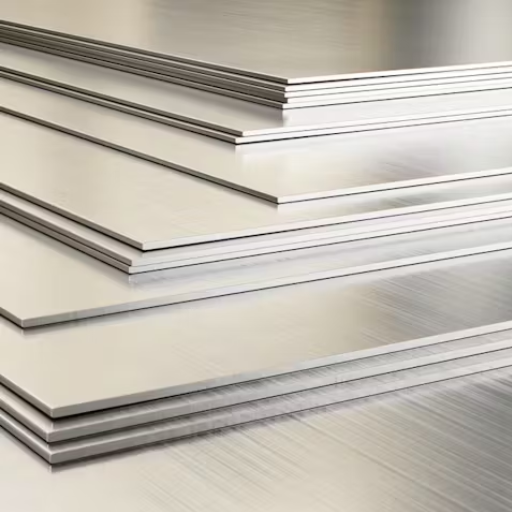
Grade 410: This steel contains primarily iron, chromium being the majority alloying element at approximately 11.5-13.5%. Other elements are carbon: maximum of 0.15%, manganese: 1%, and other metals like silicon, phosphorous and sulfur albeit in minor points. With the higher ratio of chromium content in it, the resistance to corrosion is increased to an average degree and the metal can be tempered for better hardness.
Grade 316: The grade specifically recommended for resistance to corrosion affection in this steel alloy is another kind called 316 of stainless grade which contains 16-18% chromium, 10-14% nickel, 2-3% molybdenum and iron as the basic stabilizing element along with small amounts of carbon (0.08mb) and—more amounts of manganese, silicon, phosphorus and sulfur which—also do not swell beyond 0.20 mb. Moreover, the inherent addition of molybdenum averts the initiation and propagation of crevice and other forms of chloride stress corrosion.
Elements and Their Functions
- Chromium (Cr): This is an important element in the manufacture of stainless steel. It forms a protective oxide layer on the surface of the material, which prevents and slows down the rusting and some other similarly destructive phenomena. It can be, in stainless steel for example, of 10.5% higher concentration, hence preventing wearing out, thus promoting survivability in both oxidizing and reducing conditions; even in highly demanding applications.
- Nickel (Ni): Stainless steel grade nickel is known for giving high tensile strength and ductility as well as improved resistance to temperature extremes. Moreover, it is used in the presence of the austenite; Ni is effective in reducing carbide precipitation, ensuring easy modification. Unlike most other alloys, particularly those with higher nickel content, such as grade 316, TTT curves of stainless grades exhibit immunity to pitting corrosion in most media, even under aggressive conditions.
- Molybdenum (Mo): Molybdenum as an alloying element augments resistance to pitting and crevice corrosion where localized corrosion such as pitting and other hostile seawater conditions are concerned. This element also augments strength in the material at high temperatures, widening its range of applications currently experienced in such the rigorous conditions.
- Carbon (C): Carbon is the central ingredient in the formation of hard martensite in steel following heat treatment. However, it is not advised to include high carbon levels because it may lead to the formation of carbides of other elements at the grain boundaries lowersing the corrosion characteristic of the alloy a facto which in when whitlow carbon steel grades like 316L moderately reduced.
- Manganese (Mn): Manganese behaves as a deoxidizer in steel and serves to raise the tensile strength. It also helps to offset the harmful impact of sulfur which tends to cause brittleness.
- Silicon (Si): Adding silicon as an alloying element to steel enhances the material’s resistance to oxidation at high temperatures and improves its strength. This is beneficial in the heat exchange and furnace applications in general.
- Phosphorus (P) and Sulfur (S): These two elements are of course present in traces in the investigated materials but they can affect the operability nevertheless. High phosphorus content is detrimental to mechanical properties of common steels and will cause sharp fracturing in resulfurized free machining steels such as 303 stainless steel making it easier to cut new chips in the cutting processes.
Comparison of Chemical Properties
When discussing steel in that high-tech context, it is important to evaluate the elemental composition in terms of the features’ manifestation of stainless steel’s mechanical strength dependence at the respective working conditions. For example, compounds with high hydroxide content of nickel (Ni) and chromium (Cr) are usually added, in order to improve resistance to corrosion and the presence of resistant layers in heavy oxidizing conditions. On the contrary, the addition of molybdenum (Mo) increases resistance to pitting and crevice corrosion, while the structure of the element is ideal for marine applications, making it most critical in the most critical environmental factors.
In picking more recent formulations, the contribution of the alloying element, nitrogen (N), is pushed into the foreground. The element, nitrogen, does provide a strengthening capability while retaining the ductility, and is important in the aspect of elimination of inter-granular corrosion. In comparison, carbon (C) along with chromium has practically almost no presence in nitrous interstitials in order to restrain the formation of carbide, a vital component in spherodizing martensitic grades intended for wear resistant applications.
Mechanical Properties of 410 vs 316 Stainless Steel
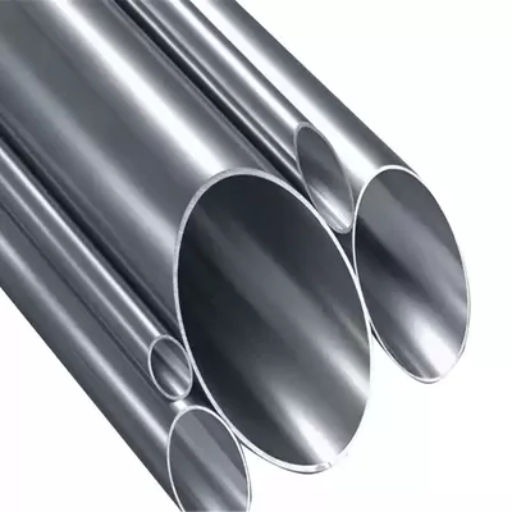
Nowadays, 410 stainless steel is among the most popular materials that could be enrolled in the category of M martensitic steels, characterized by its hardening capacity and ability to work under high pressure conditions. The unhardened tensile strength of this steel is within the approximate range of 500 to 700 MPa, which could be significantly improved after tempering. However, such hardening on account of such a composition typically leads to a decrease in the ductility, as well as corrosive resistance relative to the age hardening austenitic grades.
In contrast, 316 stainless steel is in the grade of austenitic stainless steel in which the level of molybdenum has been modified to purposely stress the corrosion resistance, especially in the chloride environment. The tensile strength varies under 925°C conditions to around 510-620 MPa, and it hardens in the material in the ductile region during the transitional curing, which helps maintain the ductility. It’s not as hard as 410, but survives better in corrosive environmen when used properly. It is used as a general and further working in the medicine and chemical industries.
Hardness and Ductility
It’s more than the hardness and ductility of the stainless steel material; the mechanical properties under stress are very critical in selecting this material for specific applications. The hardness of the stainless steel, which is usually measured on the Rockwell or Vickers scales, gives an idea about the ability of the material to withstand wear and deformation processes. For instance, the hardness of steels such as 410 is higher because of its martensitic structure and might achieve Rockwell C values of, say, 40 and even more after heat treatment. This higher hardness often comes with a limitation, which is a reduction in the ability of the material to deform without breaking (i.e., a reduction in the material’s ductility).
While the ductility of stainless steel in most typical commercial grades is relatively lower due to their higher hardness values, they are preferred and most used for maintaining a balance between ductility and respect for their strength, as is the case with 316 stainless steel. Such steel types have a relatively high tensile elongation value in excess of 40% meaning that they can undergo significant amounts of stretch when exposed to high stress without any weakening of the overall structure. It is mainly used in applications that demand one to forego an appreciable degree of hardness implicitly with most of the other properties of interest still remaining within acceptable limits, e.g., resistance to beat or corrosion plus flexibility. Here, this comparison appeared to assist one to understand how the new materials, which are a blend of two or more materials, can be used as one whilst considering the obvious contradictions.
Impact Resistance
Impact resistance is one of the primary indicators in materials science. It narrates the capacity of a substance to absorb energy and to prevent a catastrophic failure of a material. The current advances in materials engineering have diversified the development of alloys as well as composites with improved energy absorption properties. For instance, advanced high-strength steels and formulated polymers developed by engineers are claimed to resist impact energies up to 20 J of energy in a Charpy V-notched specimen test as performed under ASTM D2303 test method 1971. Such results clearly demonstrate a high degree of toughness under the conditions of mechanical stress, confirming the serviceability of the products as elements of high-loaded design: automobile security means car sealing frames, turbine blades, and stiffeners. In addition, the introduction of nanostructural reinforcements has bolstered the micromechanical resistance of materials, thus improving their damage resistance and durability even under repeated fatigue. This way, comprehensive material data has played a significant role in the continuing improvement of developing efficient solutions when there are concerns of impact.
Applications of 410 and 316 Stainless Steel
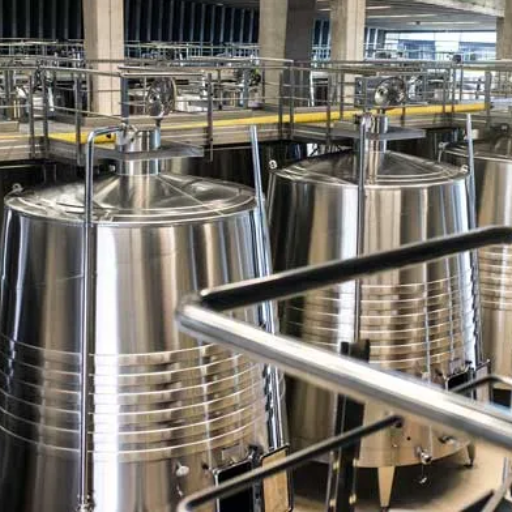
A very large portion of this 410 stainless steel is used extensively here for high-strength applications that also require some degree of corrosion resistance. It is used particularly in making cutlery, screws and nuts, valves and pump bodies in mild corrosive and severe abrasion conditions. The tempered state is what makes it perfect for industries that deal with high-pressure environments, combined with erosion and wear.
Industries Using 410 Stainless Steel
- Automotive Industry
410 stainless steel is perforated in almost all replacement parts manufacture such as exhaust parts, supports or stiffeners. The material has very high strength and some resistance to corrosion, which makes it valuable in automotive application where heat and wear is concerned, especially internal engine parts.
- Aerospace Industry
In the aviation industry, the metal is utilized to manufacture fasteners, welding turbine, and other parts. Here, a benefit of such an alloy is its ability to operate under extreme conditions without a mechanical even at elevated temperatures.
- Oil and Gas Industry
Drilling and production facilities utilize materials such as 410 stainless steel to fabricate blowers, pumps, and rotating equipment, where 304 stainless steel would be prone to corrosion. This is thanks to the fact that 410 stainless steel is readily machinable and does not corrode in the presence of low to medium strength acids or alkalis; it will be possible to achieve successful installations of refrigeration systems in such applications.
- Cutlery and Kitchenware
It is known that 410 stainless steel is most often indicated for use in cutlery items such as knives and utensils due to its ability to remain sharp and achieve hardness after tempering. It is also rapidly replacing other grades of steel in the kitchenware for the production of dishes in Japan and seawater environments.
- Power Generation
410 stainless steel is employed in the manufacture of steam turbine parts, including steam stop valves, blading, glands, and other components. It is able to withstand scaling and is long-lasting when subjected to high temperatures, and that is why it is normally utilized in unfriendly environments.
Industries Using 316 Stainless Steel
- Chemical Processing
316 stainless steel is extensively employed in the processing of chemicals since it has excellent resistance to difficult-to-handle chemicals and especially aggressive media – acidic and chloride-rich environments. In offshore or wet environments where 316 stainless steel is commonly used, the presence of molybdenum assists the steel to not suffer from pitting and crevice corrosion – reactions that would cause a lot of damage. This is the reason why it enjoys huge industrial applications, including the making of storage tanks, reaction vessels, heat exchangers, corrosion-resistant, and acid-resistant systems. Also, investigations show that 316 stainless steel does not lose strength and maintains its structural integrity even at temperatures up to 1500°F (815°C) if used constantly in such applications.
- Medical and Pharmaceutical
It performs quite efficiently within the medico-pharmaceutical industrial spectrum, where its best fit purpose is within the domains of scalpels, cutting tools for pharmaceuticals, or medical implants. The ease of usage, ease of cleaning, and the fact that it does not trigger allergic reactions have made it the best choice in these sectors. This is, for instance, that tools made of machined 316 stainless steel can alternatively be autoclaved without any alteration to their state.
- Marine Applications
Owing to its remarkable resistance to seawater, 316 stainless steel is primarily used within marine architecture. It is a component in the design and construction of watercraft accessories, such as anchor fittings, propeller axles and other important marine equipment. According to data from marine engineering evaluations, this steel survives better than 304 stainless steel when added environment is saline and warm.
- Food and Beverage Processing
Conclusion: Choosing Between 410 and 316 Stainless Steel
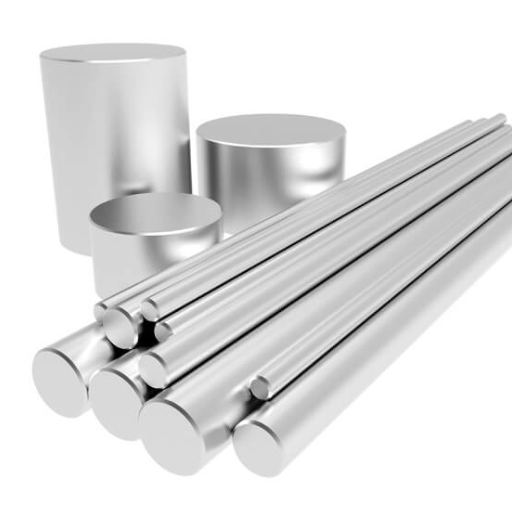
If you have to choose between 316 or 410 Stainless Steel, it all depends on the usage of the material and performance specifics for that material. For example, 410 simply is the best in its category of stainless steel grades for high strength, hardness, ability to withstand wear and tear, especially in dry environments. On the other hand, in situ, 316 stainless steel is best suited to environments in which the ability of the material to resist corrosion is a major concern. It is one of the most persistently resistant materials to moisture and other chemicals, hence more commonly used in harsh environments. Weigh your necessity of a robust form versus that of corrosion endurance to make the choice that fits your operations.
Summary of Key Differences
|
Parameter |
304 Stainless Steel |
316 Stainless Steel |
|---|---|---|
|
Corrosion Resistance |
Moderate resistance to corrosion |
High resistance to corrosion |
|
Primary Alloy Element |
Chromium-nickel alloy |
Chromium-nickel-molybdenum alloy |
|
Resistance to Chemicals |
Limited chemical resistance |
Superior chemical resistance |
|
Ideal Environment |
Dry or indoor environments |
Marine, chemical, or food processing industries |
|
Cost |
Lower cost than 316 |
Higher cost due to added molybdenum |
|
Strength |
Comparable good tensile strength |
Similar tensile strength |
|
Magnetic Properties |
Non-magnetic in annealed condition |
Non-magnetic in annealed condition |
|
Applications |
Structural items, appliances, automotive parts |
Marine parts, medical devices, chemical equipment |
|
Heat Resistance |
Good oxidation resistance at high temperatures |
Excellent for high heat and corrosive conditions |
|
Weldability |
Excellent weldability |
Excellent weldability |
Recommendations for Specific Applications
- Marine Environments
In marine applications, where a specific situation includes regular contact with saltwater and high humidity, one should consider the use of 316 stainless steel without any second thought. However, this kind of stainless steel is the best material for use in places with the highest humidity- its high molybdenum content gives it exceptional resistance to chloride-induced corrosion and pitting, thus ideal for making vessels, piers, and other coastal constructions.
- Chemical and Food Processing
Chemical and food installations are usually characterized by more 316 stainless steel components since it resists acids, alkalis and chlorides really well. It is often deployed within systems of construction such as in pipelines, tanks, and surfaces requiring easy cleaning and nonreactive to chemicals.
- Architecture and Construction
Moderate climates and low humidity make 304 stainless steel ideal for structural purposes in many architectural and building designs. Combining its practicality with elements of art makes it perfect for decorative aspects, facades and fencing.
- High-Temperature Environments
Both 304 and 316 steel types can operate at elevated meltings; nonetheless, 316 provides slightly greater resistance to deformation in extreme conditions, due to most notably: its advanced creep strength. This is why it is ever more often used in demanding conditions such as petrochemical plants and energy systems in nuclear powered stations.
- Automotive and Aerospace Industries
For components that do not corrode to such extremes of aggressiveness, but at the same time require high strength, as well as good workability, the choice of material would be 304 stainless steel, which serves as a reasonable solution. Common applications would include exhaust mufflers and door posts in motor vehicles. In these cases, 316 stainless steel should be used as it is more efficient in terms of durability and performance when there are adverse environments or corrosive fluids.
Final Thoughts on Stainless Steel Selection
Reference Sources
-
Study on Laser Cladding for Rail Repair (2021): This study reviewed the use of laser cladding to enhance the mechanical properties of rails, including the application of stainless steel grades like 316L and 410. It highlighted the benefits of laser cladding, such as improved wear resistance and reduced surface damage. The research emphasized the importance of process parameters (e.g., laser power, scanning speed) in determining the quality of the cladded layer.
-
Oxide Layer Development in High-Temperature Water (2024): This research investigated the development of oxide layers on stainless steel (AISI 347, similar to 316) in high-temperature water. It found that the protective Cr-rich oxide layer grows parabolically over time, while the Fe-rich secondary layer exhibits cubic growth. The study also noted the formation of niobium pentoxide (Nb₂O₅) on the surface, which could influence long-term material performance.
-
Eco-Friendly Corrosion Inhibitor for Stainless Steel (2023): This study evaluated the use of Mangifera indica (mango) leaf extract as a green corrosion inhibitor for SS-316L in acidic environments. The extract demonstrated a maximum inhibition efficiency of 63.42% at 1000 ppm concentration, reducing the corrosion rate significantly.
Frequently Asked Questions (FAQs)
Q: What’s the difference between stainless steel 410 vs 316?
A: The primary difference between stainless steel 410 and 316 lies in their composition and properties. Stainless steel 410 is a martensitic alloy with higher carbon content, which provides it with good hardness and wear resistance. In contrast, type 316 is an austenitic stainless steel that contains nickel and molybdenum, giving it superior corrosion resistance and making it suitable for marine and chemical applications. While 410 is typically more affordable, 316 stainless steel tends to offer better performance in corrosive environments due to its unique properties.
Q: How does corrosion resistance compare between 410 and 316?
A: When it comes to corrosion resistance, type 316 outperforms stainless steel 410 significantly. The presence of nickel and molybdenum in 316 enhances its ability to resist pitting and crevice corrosion, particularly in saline and corrosive environments. On the other hand, while 410 provides decent corrosion resistance, it may not be suitable for harsh conditions or marine applications. This difference in corrosion resistance and hygienic properties is a key factor to consider when choosing between these grades of stainless steel.
Q: What are the unique properties of stainless steel 410 and 316?
A: Stainless steel 410 is known for its hardenability and is often used in applications requiring wear resistance. It has a higher carbon content, which contributes to its strength and durability, but can limit its corrosion resistance. Conversely, type 316 boasts excellent ductility and toughness, making it ideal for applications in manufacturing processes that require forming or welding. Additionally, its superior scaling resistance makes it a preferred choice in environments exposed to corrosive chemicals.
Q: Why is type 316 more expensive than 410?
A: The cost difference between type 316 and stainless steel 410 can be attributed to their compositions and the alloying elements used. Type 316 contains higher amounts of nickel and molybdenum, which are more expensive materials. These elements enhance its corrosion resistance, particularly in marine and chemical processing plants, making it a worthwhile investment for applications where corrosion is a concern. In contrast, 410 is more cost-effective due to its simpler composition, but this comes at the cost of reduced performance in corrosive environments.
Q: Can stainless steel 410 be used in marine environments?
A: While stainless steel 410 may be used in certain marine applications, it is generally not recommended due to its lower corrosion resistance compared to type 316. In environments where corrosion is a significant concern, such as exposure to saltwater, 316 stainless steel is preferred due to its superior resistance to pitting and stress corrosion cracking. Therefore, for applications in marine settings, it’s advisable to select an alloy that offers better performance, like type 316, to ensure longevity and durability in corrosive conditions.

